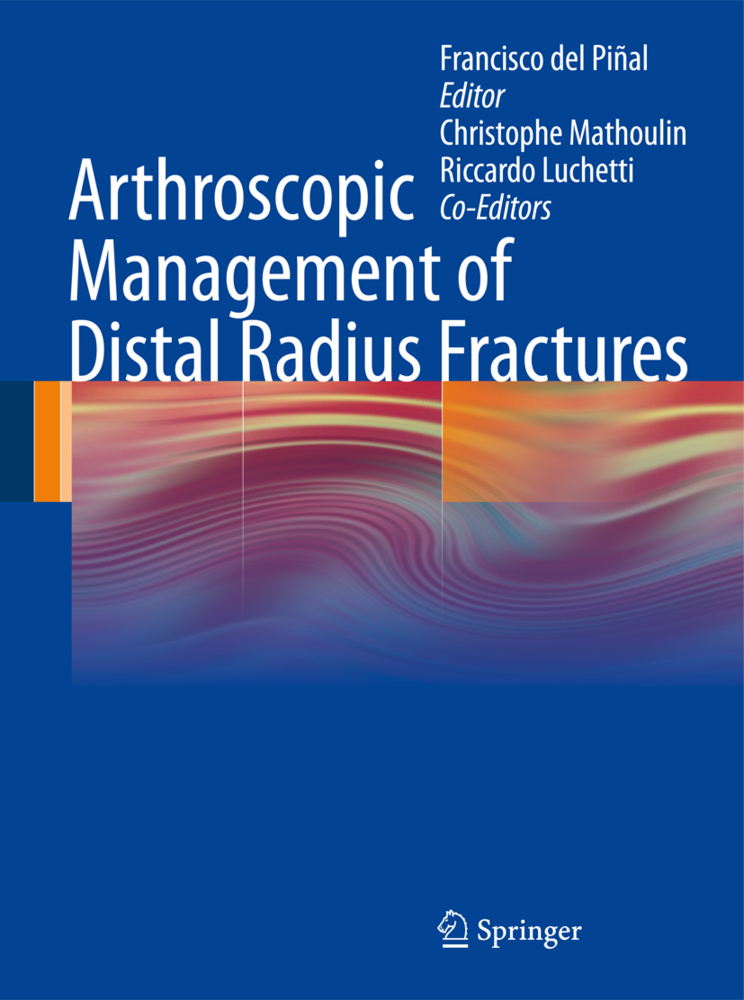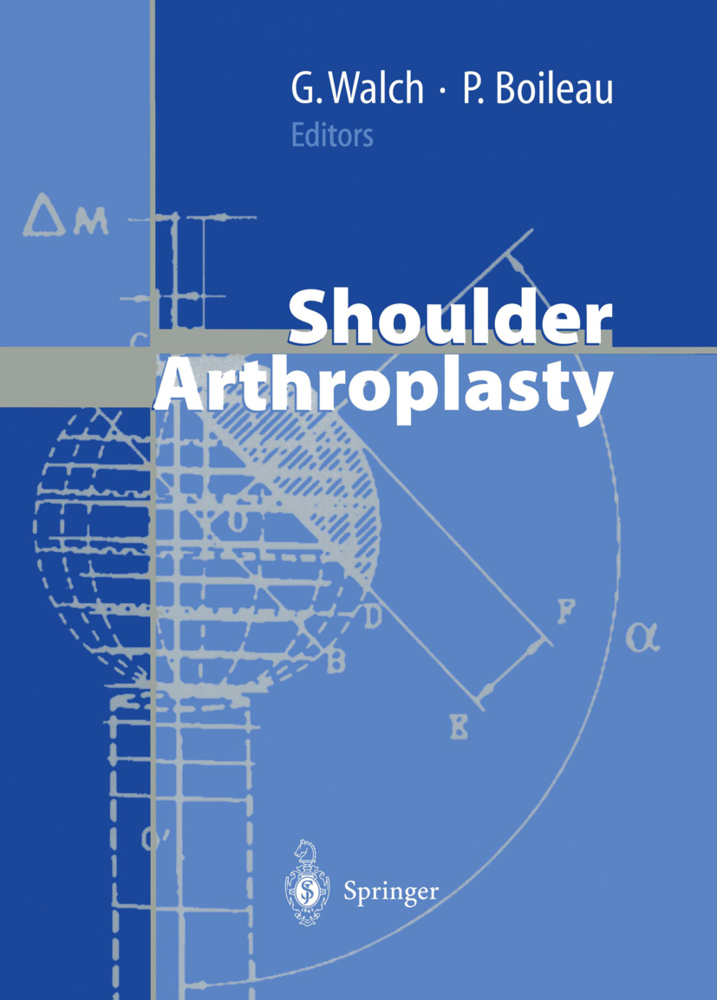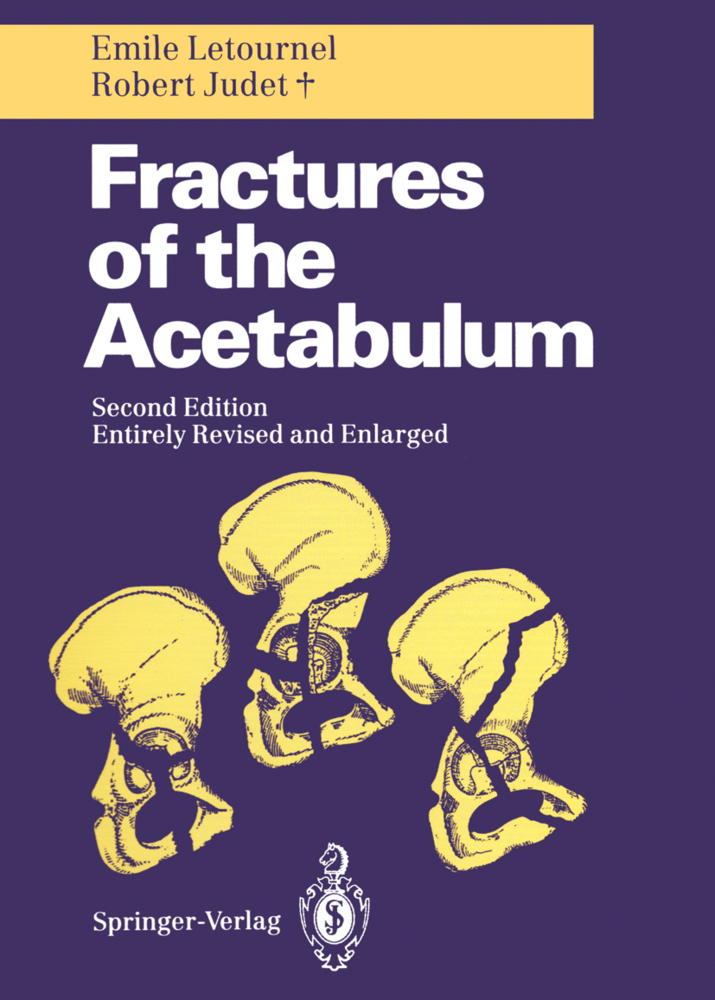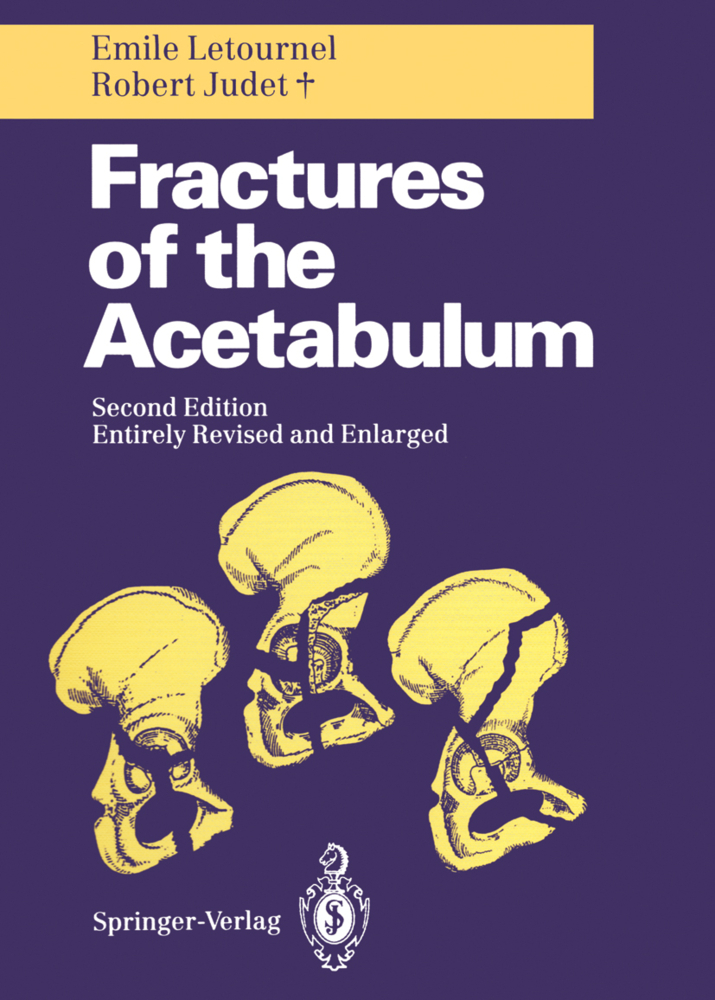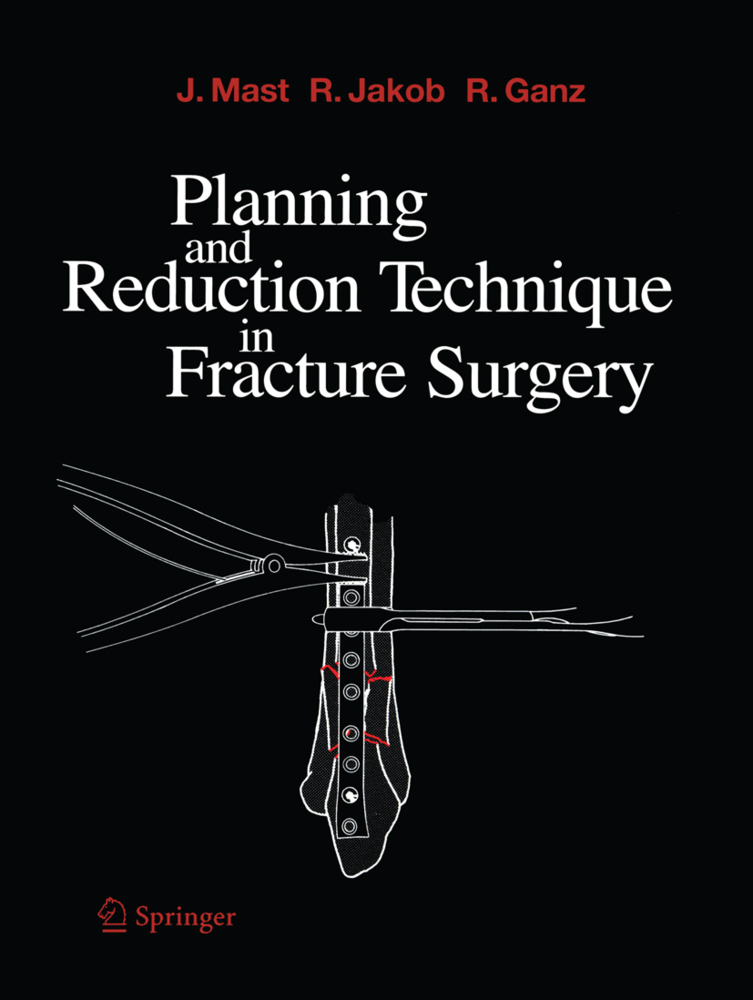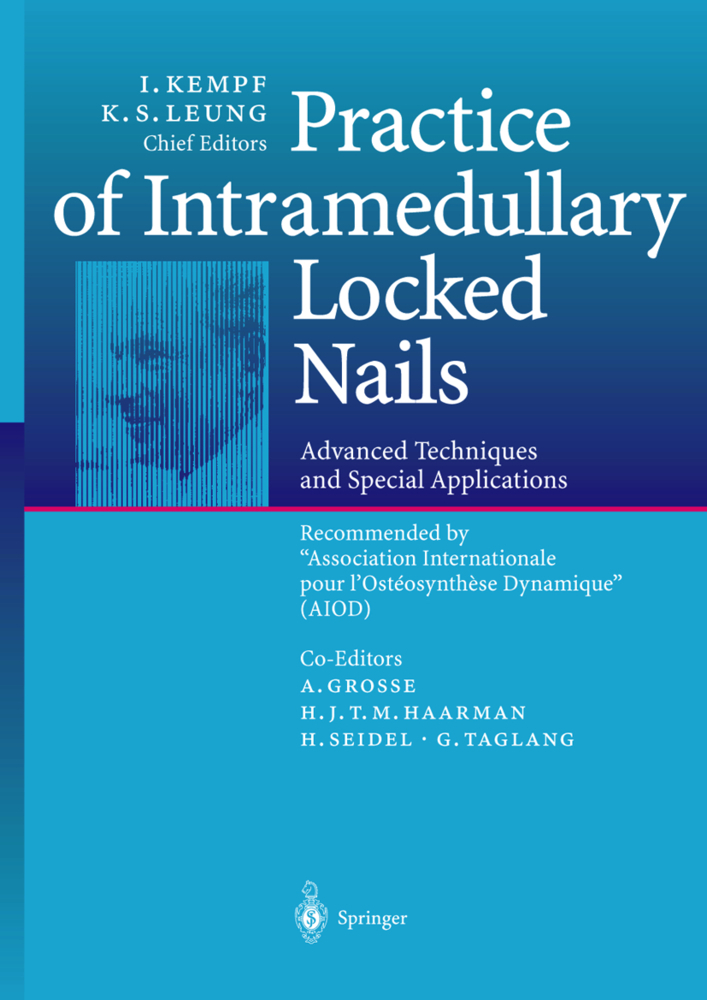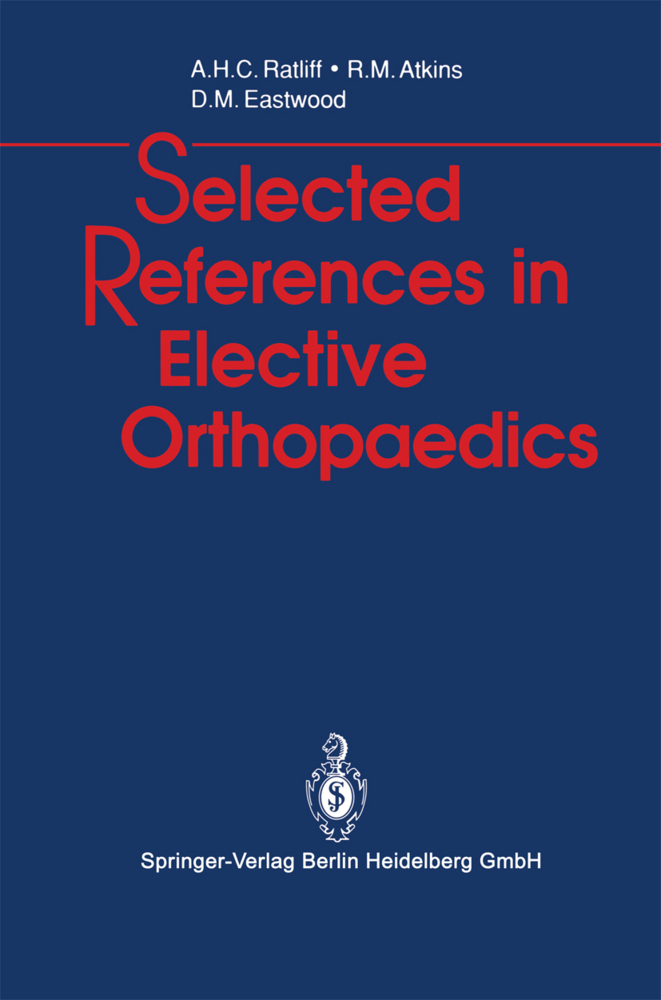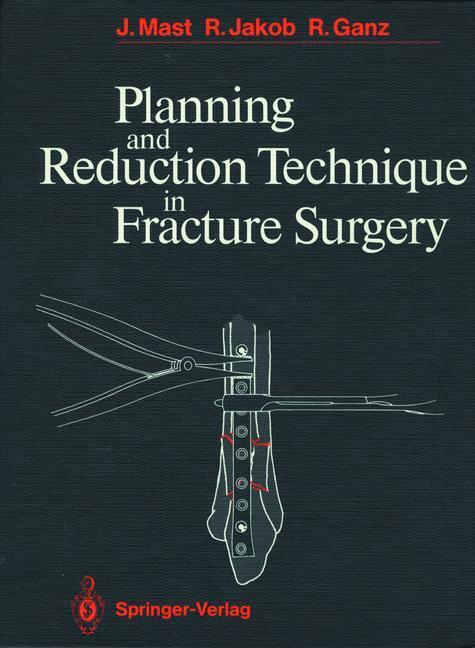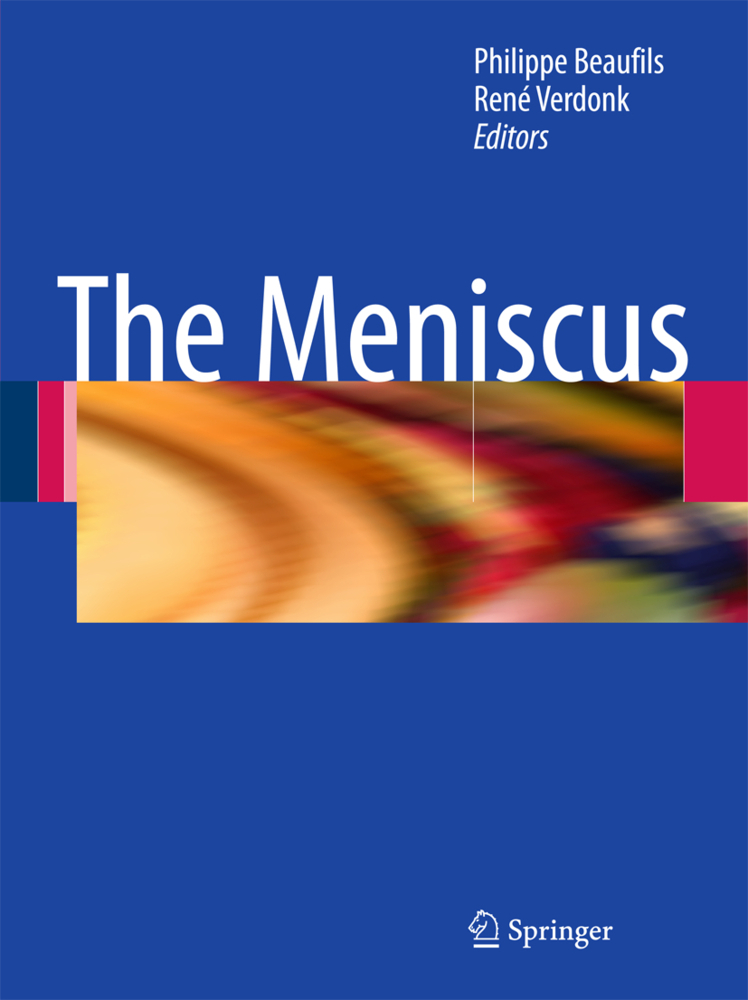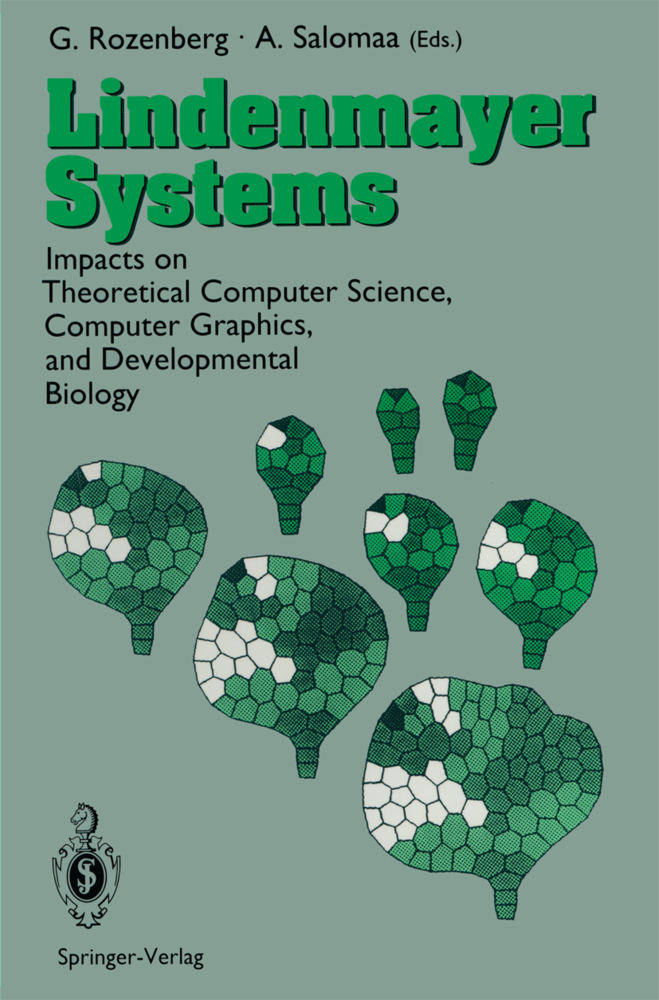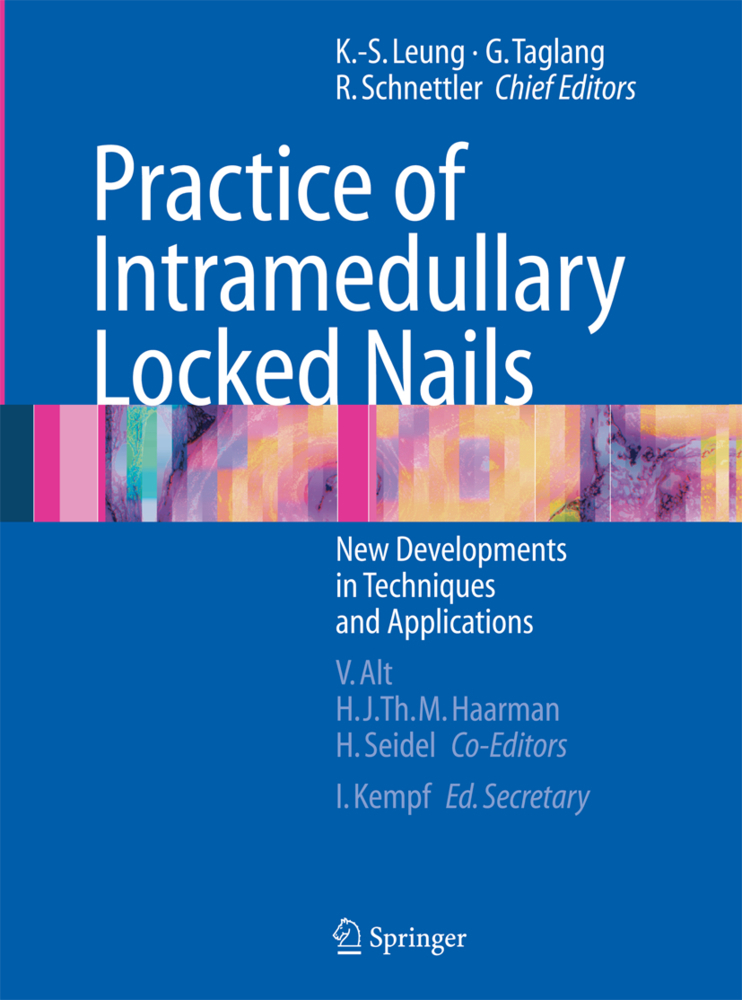Arthroscopic Management of Distal Radius Fractures
Seeing is believing. This is the title of a new campaign promoted by the International Agency for Prevention of Blindness to raise funds to help tackle avoidable loss of sight in poorly developed countries, truly an admirable initiative. This book could have used a similar leitmotiv: if you see what happens inside of a joint, you will be able to believe in your patient's symptoms. But it would not be right. Arthroscopy is not out there just to make a diagnosis; it was not developed just to certify that the patient's complaints are based on something physical. Arthroscopy was introduced to help patients, to make our treatments more reliable, to have better control of our p- cedures. It is merely a tool, indeed, but a marvelous one which nobody should und- score among all surgical options we have when it comes to solving wrist trauma. Seeing is understanding. This could be another leitmotiv for these authors' c- paign to get more hand surgeons to incorporate arthroscopy in their practices. Certainly, mastering these newly developed techniques help understanding the patient's problems. But again, that statement would also be misleading for not always what we see through the scope is the real cause of dysfunction. The enemy may be outside of the capsular enclosure. Indeed, arthroscopy provides lots of useful inf- mation, but the surgeon need not accept biased interpretations of the patient's pr- lem based only on what appears on the screen.
Management of Simple Articular Fractures
Treatment of Explosion-Type Distal Radius Fractures
Management of Distal Radius Fracture-Associated TFCC Lesions Without DRUJ Instability
Arthroscopic Management of DRUJ Instability Following TFCC Ulnar Tears
Radial Side Tear of the Triangular Fibrocartilage Complex
Arthroscopic Management of Scapholunate Dissociation
Lunotriquetral and Extrinsic Ligaments Lesions Associated with Distal Radius Fractures
Management of Concomitant Scaphoid Fractures
Perilunate Dislocations and Fracture Dislocations/Radiocarpal Dislocations and Fracture Dislocations
The Role of Arthroscopy in Postfracture Stiffness
Treatment of the Associated Ulnar-Sided Problems
Arthroscopic-Assisted Osteotomy for Intraarticular Malunion of the Distal Radius
The Role of Arthroscopic Arthrodesis and Minimal Invasive Surgery in the Salvage of the Arthritic Wrist: Midcarpal Joint
Arthroscopic Radiocarpal Fusion for Post-Traumatic Radiocarpal Arthrosis.
Pre-Operative Assessment in Distal Radius Fractures
Portals and MethodologyManagement of Simple Articular Fractures
Treatment of Explosion-Type Distal Radius Fractures
Management of Distal Radius Fracture-Associated TFCC Lesions Without DRUJ Instability
Arthroscopic Management of DRUJ Instability Following TFCC Ulnar Tears
Radial Side Tear of the Triangular Fibrocartilage Complex
Arthroscopic Management of Scapholunate Dissociation
Lunotriquetral and Extrinsic Ligaments Lesions Associated with Distal Radius Fractures
Management of Concomitant Scaphoid Fractures
Perilunate Dislocations and Fracture Dislocations/Radiocarpal Dislocations and Fracture Dislocations
The Role of Arthroscopy in Postfracture Stiffness
Treatment of the Associated Ulnar-Sided Problems
Arthroscopic-Assisted Osteotomy for Intraarticular Malunion of the Distal Radius
The Role of Arthroscopic Arthrodesis and Minimal Invasive Surgery in the Salvage of the Arthritic Wrist: Midcarpal Joint
Arthroscopic Radiocarpal Fusion for Post-Traumatic Radiocarpal Arthrosis.
del Piñal, Francisco
Luchetti, Riccardo
Mathoulin, Christophe
| ISBN | 978-3-642-05353-5 |
|---|---|
| Medientyp | Buch |
| Copyrightjahr | 2010 |
| Verlag | Springer, Berlin |
| Umfang | XIV, 264 Seiten |
| Sprache | Englisch |

